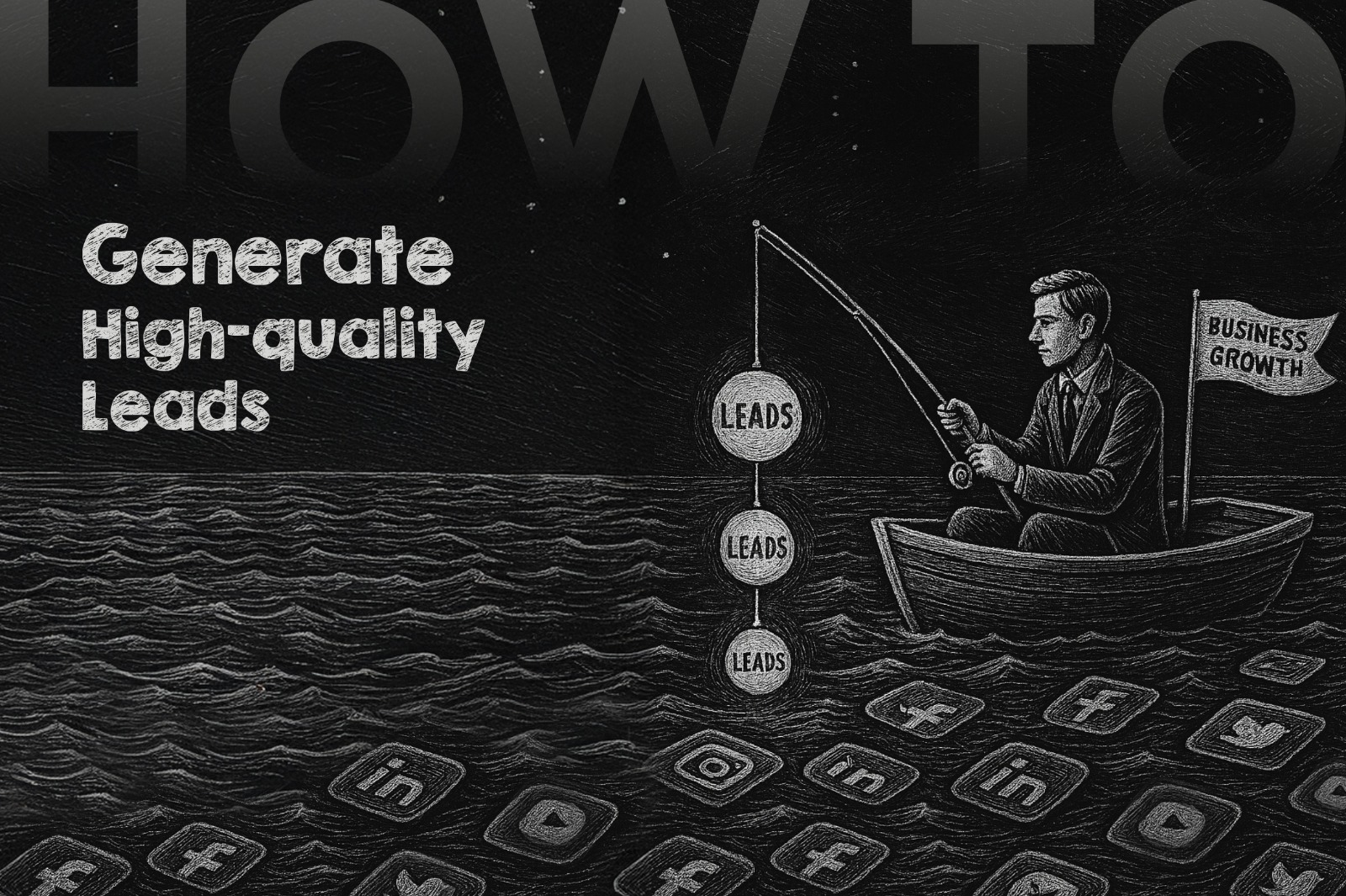How expectations and reality can differ in the ad agency world
The expectations of ad agencies and their clients can sometimes differ from reality. Here are a few examples of how expectations and reality can differ in the ad agency world:
Expectation: Ad agencies are expected to have a deep understanding of their clients' products or services and be able to create effective campaigns that will drive sales and increase brand awareness.
Reality: Ad agencies may not always have a deep understanding of their clients' products or services and may not always be able to create effective campaigns. Factors such as budget constraints, time constraints, and lack of information about the target audience can limit an ad agency's ability to create effective campaigns.
Expectation: Ad agencies are expected to be able to come up with creative and innovative ideas that will set their clients apart from the competition.
Reality: Ad agencies may not always be able to come up with creative and innovative ideas, especially if they are working within a limited budget or a tight deadline. Additionally, ad agencies might not be able to fully understand the market and the competition, which can limit their ability to come up with unique ideas.
Expectation: Ad agencies are expected to be able to predict the success of a campaign before it is launched.
Reality: Ad agencies may not be able to predict the success of a campaign with certainty. Factors such as changes in consumer preferences, new competitors, and unexpected market conditions can all impact the success of a campaign.
Expectation: Ad agencies are expected to be able to work seamlessly with their clients, with open communication and mutual trust.
Reality: Ad agencies may not always have a seamless working relationship with their clients. Factors such as mismatched expectations, conflicting priorities, and communication breakdowns can all impact the relationship between an ad agency and its clients.
It's important to note that ad agencies are doing their best to meet the expectations of their clients but sometimes the reality of the industry and the limitations of their resources might not allow them to fully deliver what's expected. Open communication and mutual understanding between the client and the agency can help to bridge the gap between expectation and reality.




